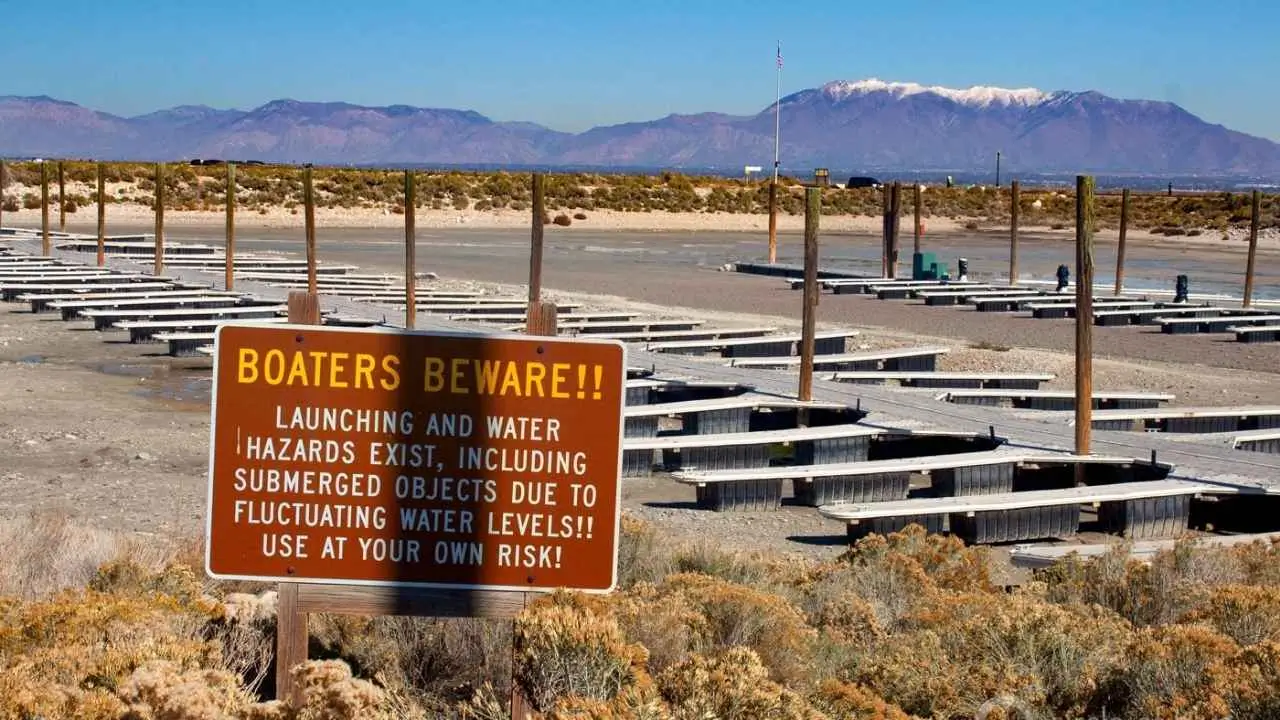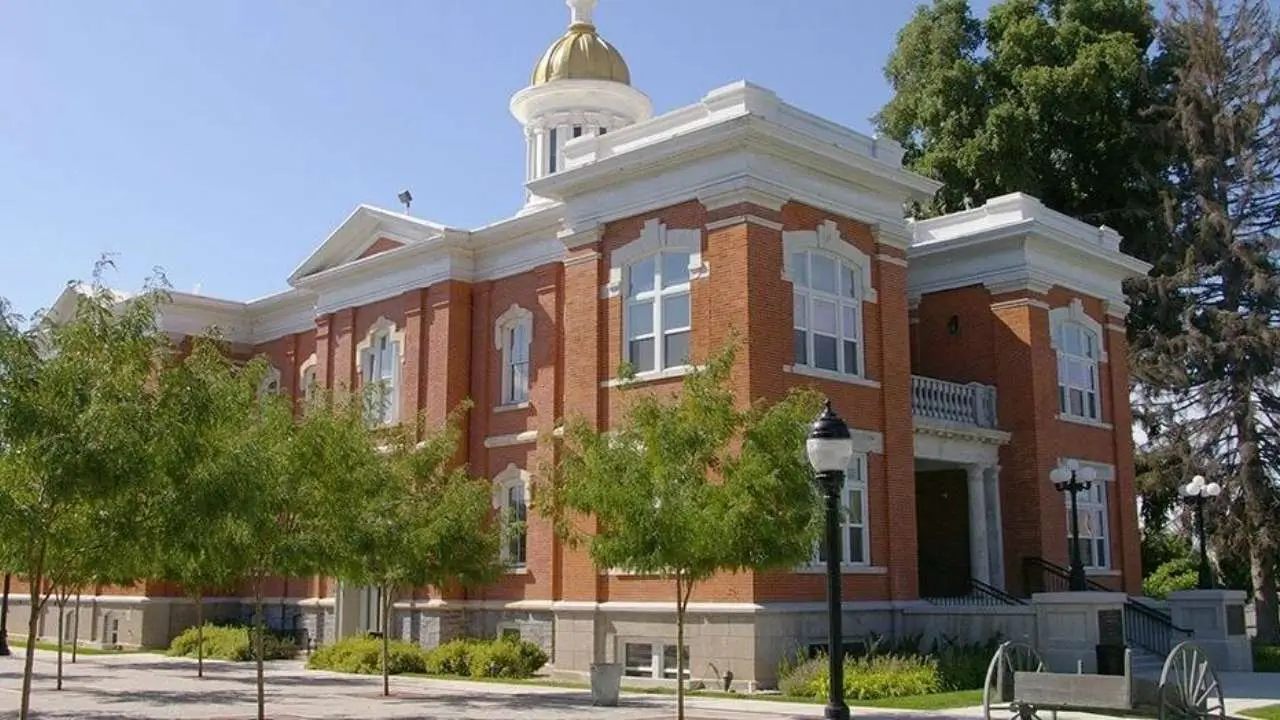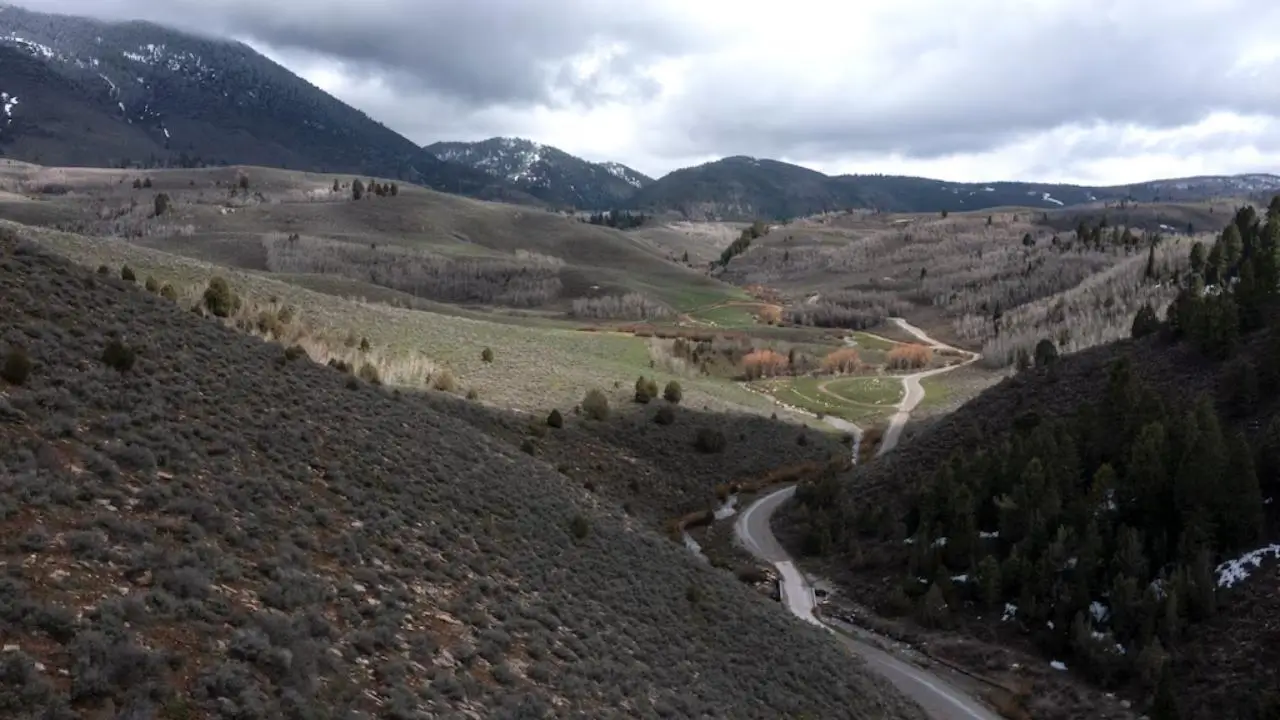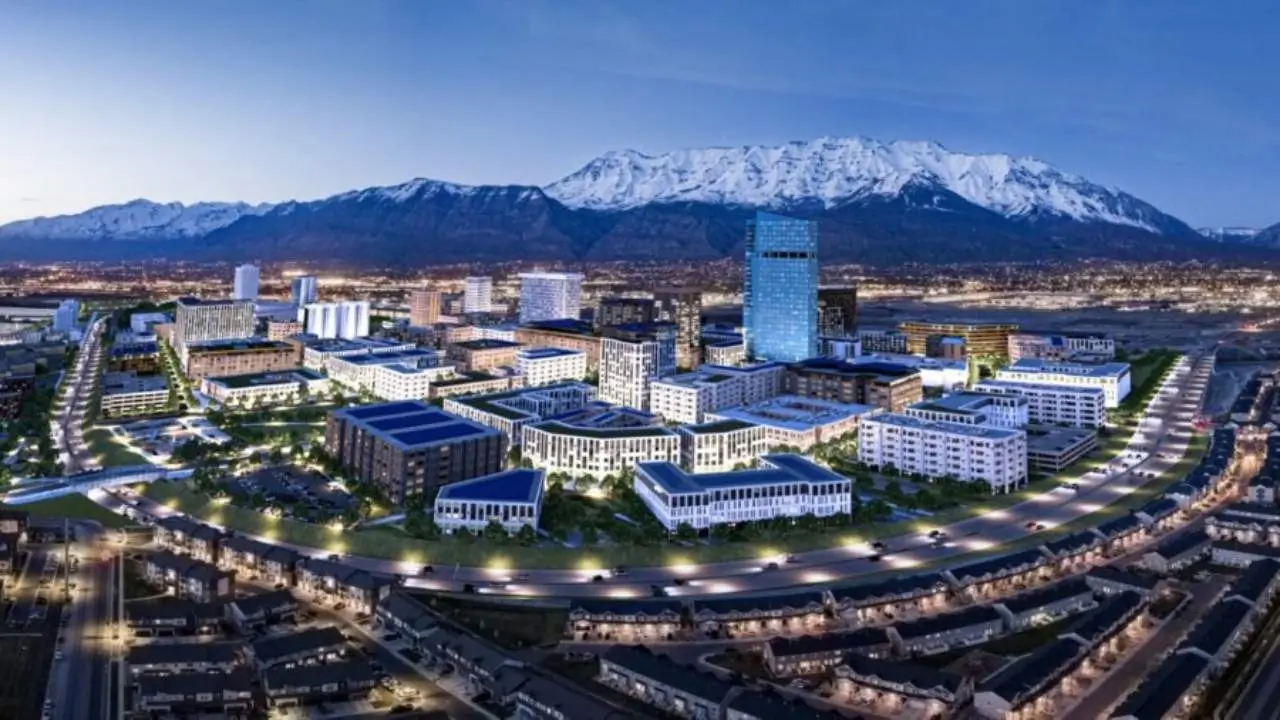In Cache County, a picturesque region in northern Utah, farmland is quickly becoming a battleground between growth and preservation. As the county’s urban sprawl increases, many of the region’s long-standing agricultural areas are at risk. With developers eyeing land for new housing and commercial projects, concerns are rising about the future of local farming, water resources, and rural identity.
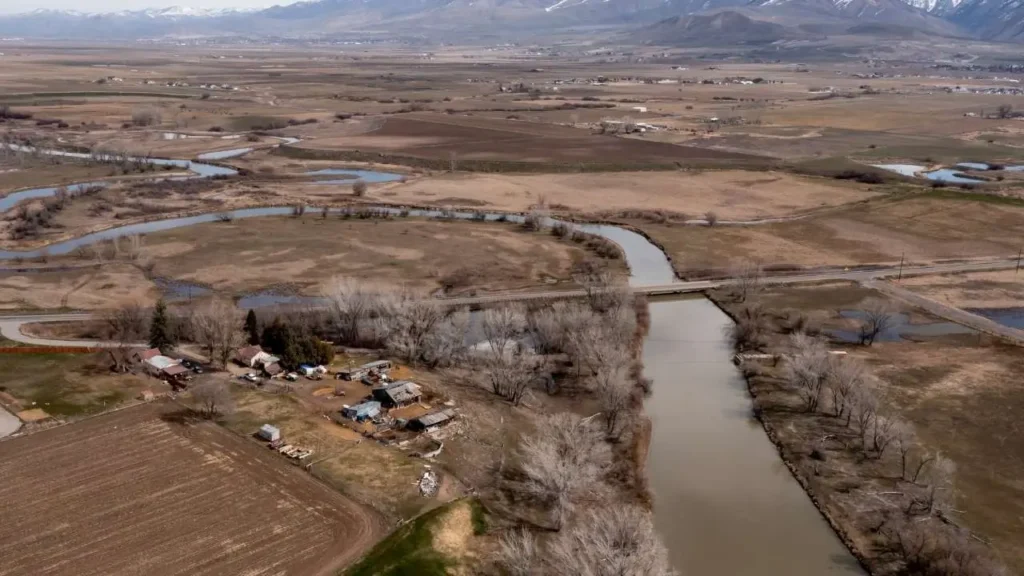
Cache County is at a crossroads. The pressures of urban development are real, and the loss of farmland seems inevitable. However, it is not too late to chart a course that protects the valley’s agricultural legacy while accommodating the needs of a growing population. As the debate over farmland preservation continues, it is essential that the voices of farmers, environmental advocates, and local residents be heard.
The outcome of this struggle will shape the future of Cache County for generations to come. The hope is that, with careful planning and thoughtful policies, the county can find a way to maintain its agricultural roots while embracing the growth necessary to support its future.
The Growing Tension Between Development and Agriculture
Cache County, historically known for its agricultural roots, has seen rapid population growth in recent years. This surge in population is creating increased demand for housing and commercial spaces, placing significant pressure on the county’s land resources. The region’s farmers are finding themselves in an uncomfortable position, balancing the need to preserve their land with the inevitability of development.
For generations, Cache County’s fertile valley has supported agriculture as the backbone of its economy. But with urban expansion, developers are eyeing land once used for farming to accommodate the growing population. This shift in land use is having a profound effect on the local agricultural landscape, which is increasingly being replaced by suburban housing developments, commercial complexes, and new infrastructure projects.
The tension between urban growth and farmland preservation has sparked debate within the community. Farmers, environmentalists, and local residents all have a stake in the county’s future, and many worry that unchecked development will erode the agricultural character that defines the region. As the landscape of Cache County changes, the risk of losing valuable farmland becomes more pressing.
The Importance of Farmland to Cache County
Agriculture has long been central to Cache County’s identity. The valley’s fertile soil and favorable climate have made it an ideal location for farming, which has supported a thriving agricultural economy for generations. From dairy farms to fields of corn, wheat, and other crops, Cache County has been a key player in supplying food to the region and beyond.
Beyond its economic contribution, the agricultural land in Cache County also plays a vital role in preserving the region’s natural environment. The valley’s open spaces provide critical wildlife habitats, maintain biodiversity, and contribute to the overall ecological health of the area. Moreover, the land helps regulate the local water cycle, supporting water quality and preventing erosion.
Agriculture also contributes significantly to Cache County’s economy, with farming, ranching, and related industries generating millions in revenue each year. In recent decades, agricultural practices have diversified, with an increasing focus on sustainable farming methods that balance the need for food production with environmental conservation.
However, these contributions are at risk as more farmland is sold off for development. As developers continue to seek out land for new housing projects, there are concerns that the valley’s agricultural sector will be weakened, along with the region’s long-standing rural character.
The Loss of Farmland
The loss of farmland in Cache County is not a new issue, but it has accelerated in recent years. As more land is converted for residential and commercial use, local farmers are being displaced, and agricultural land is increasingly scarce. This loss is not just a matter of land values—it’s about losing a way of life that has been integral to the region for centuries.
Farmland is being swallowed up by new housing developments and commercial enterprises that cater to a growing population. While some residents welcome the expansion, others see it as a threat to the valley’s rural lifestyle. The expanding urban footprint is also raising questions about the environmental sustainability of the development. Increased housing and infrastructure mean greater demands on resources like water and electricity, which could strain the county’s infrastructure and lead to environmental degradation.
What’s at stake is not just the loss of agricultural land, but the long-term effects of that loss. Once farmland is developed, it’s difficult, if not impossible, to revert it back to its original state. This means that every acre of farmland that is sold for development could be permanently lost to agriculture.
The region is already seeing some of the consequences of this shift. Once-bustling farms are being replaced with rows of houses, and large tracts of land that were once home to fields of crops are now dotted with shopping centers and subdivisions. The rate of conversion is concerning, and many worry that, in just a few decades, Cache County could lose its agricultural character altogether.
Efforts to Protect Farmland
In response to these challenges, local leaders, environmental groups, and farmers are working together to find solutions that protect farmland while allowing for growth. Efforts to preserve agricultural land include zoning changes, conservation easements, and programs designed to help farmers sell their land to trusts or conservation organizations that will ensure it is protected from development.
Zoning regulations are one of the primary tools that local governments use to guide development. By restricting development in certain areas, local planners can direct growth toward more suitable locations while protecting agricultural zones. However, zoning laws alone may not be enough to prevent farmland loss. Developers often find ways to work around zoning restrictions, and with the pressure for more housing, the temptation to convert farmland can be overwhelming.
Conservation easements offer another potential solution. These legal agreements allow landowners to sell the development rights to their property while retaining ownership of the land. The easements ensure that the land will never be developed, preserving its agricultural value for future generations. However, conservation easements can be expensive, and not all farmers are able to afford the costs associated with these programs.
Some local organizations have been working to raise awareness about the importance of farmland preservation and to provide farmers with the resources they need to protect their land. The Cache Valley Agriculture Preservation Initiative is one such effort that seeks to purchase conservation easements from farmers to prevent their land from being developed. The initiative also provides support for farmers who wish to continue farming on their land while ensuring that it remains protected.
How Cache County Residents Are Shaping Future Development and Transportation Plans
The Future of Cache County Farmland
As development continues to encroach on Cache County’s agricultural lands, the future of farming in the region remains uncertain. While growth is inevitable, the challenge is finding a way to accommodate that growth without sacrificing the county’s agricultural heritage.
The current trajectory suggests that more farmland will be lost in the coming years. However, there is hope that with continued advocacy, policy changes, and community engagement, Cache County can strike a balance between development and preservation. Farmers, environmental groups, and local government officials will need to work together to develop strategies that protect the region’s agricultural resources while supporting growth.
The future of Cache County’s farmland hinges on the choices made today. If the county is to preserve its agricultural landscape and maintain its rural character, it will require a concerted effort from all sectors of society—farmers, developers, local residents, and government officials. The hope is that a balance can be found, one that allows for development without sacrificing the land that has long been the heart of Cache County’s identity.
The next few years will be crucial in determining whether Cache County can preserve its farmland for future generations. But, with determination and collaboration, the valley may yet find a way to balance development with the preservation of the land that has made it unique for centuries.




